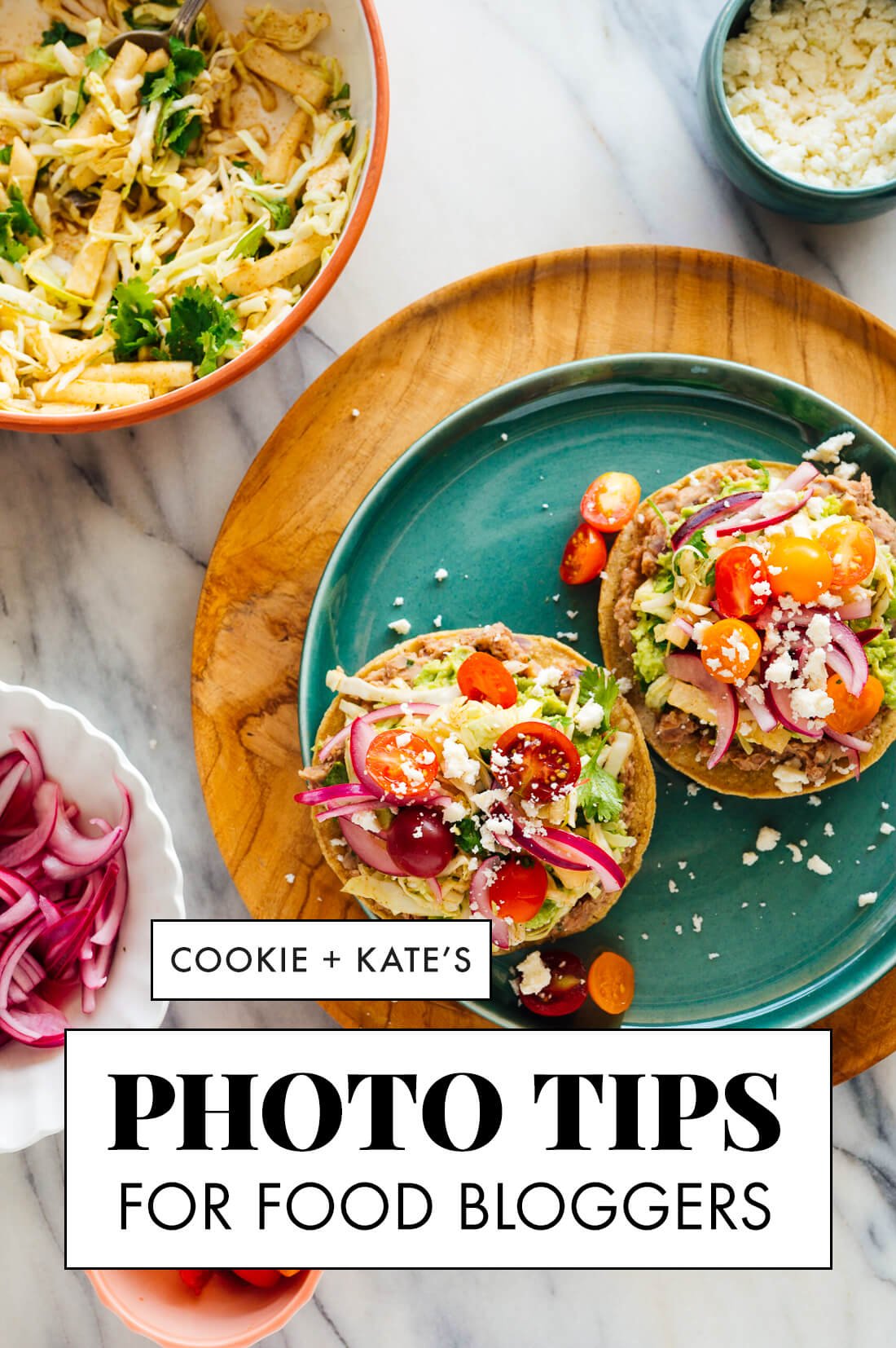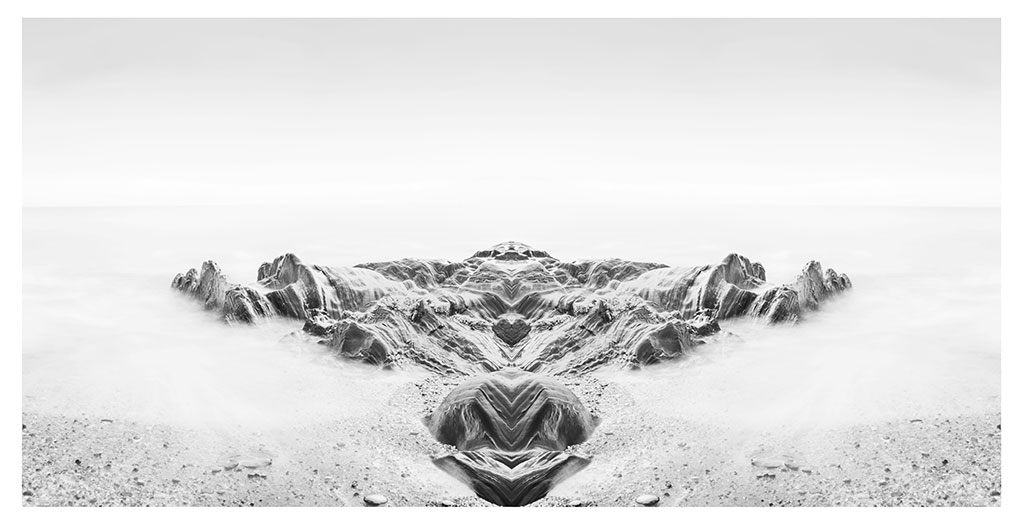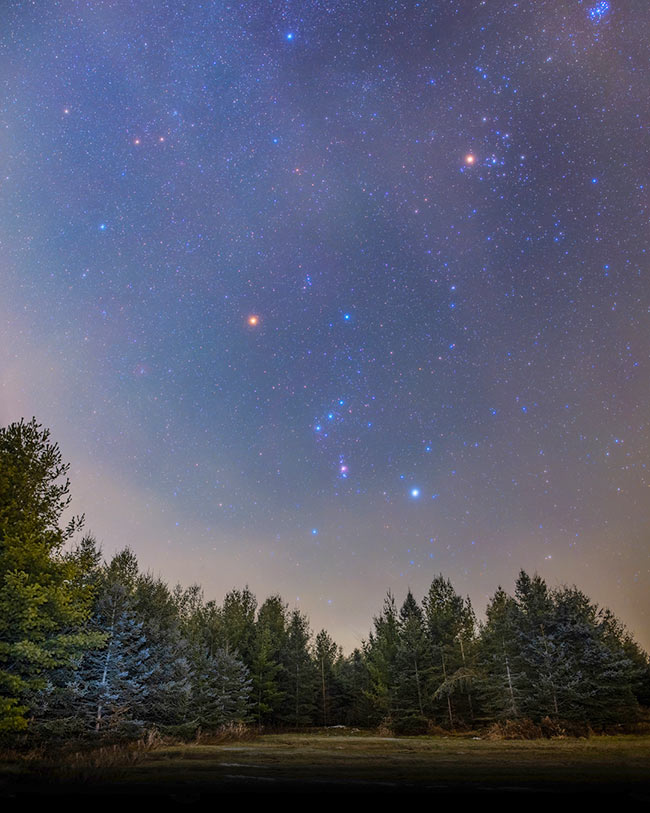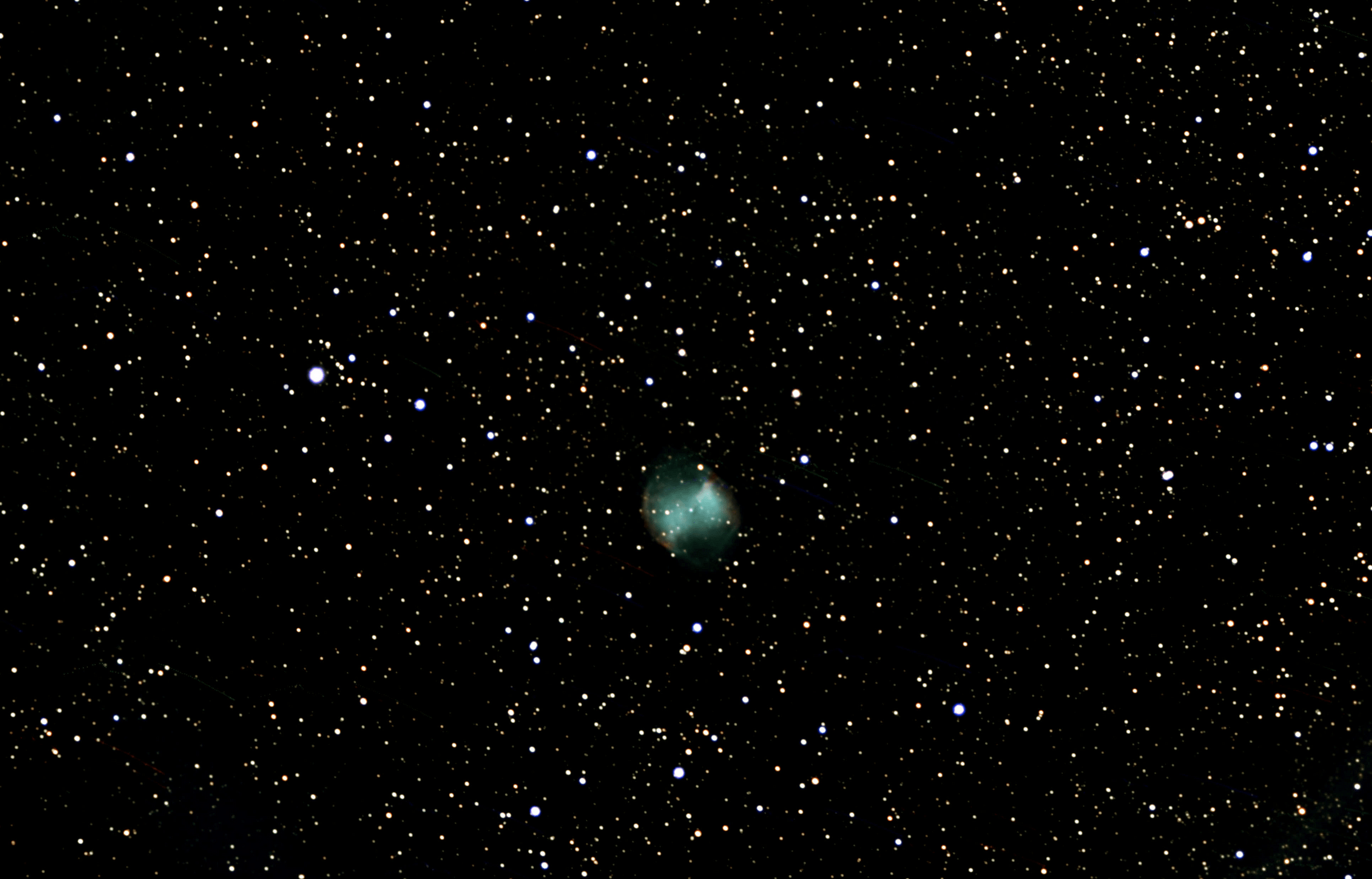A Guide to Capturing Delicious Food Photos
Are you a food enthusiast looking to elevate your food photography skills? You’ve come to the right place! In this comprehensive guide, we will walk you through the essential tips and tricks to capture mouthwatering food photos that will leave your audience craving for more. Whether you’re a professional or an amateur, these techniques will help you take your culinary photography to the next level. Let’s dive in!
1. Lighting is Everything
Lighting is a crucial aspect of food photography. Natural light is the best option, so try to shoot near a window or outdoors during the daytime. Avoid harsh direct sunlight as it can create strong shadows. A cloudy day provides ideal soft lighting. Experiment with different angles to find the best lighting for your subject.
2. Choose the Right Background
A suitable background can enhance the appeal of your food. Opt for neutral colored backgrounds like wood, marble, or plain textured surfaces to let the food be the star. Consider the colors and textures of the dish you’re capturing, and choose a background that complements them.
3. Styling and Composition
Food styling and composition play a significant role in food photography. Use props like tableware, napkins, and utensils to create an inviting scene. Pay attention to the placement of elements for a balanced composition. Consider the rule of thirds and experiment with different arrangements to find what works best for your dish.
4. Focus on Details
Capture the small details that make your food appealing. Get up close and personal with the textures, colors, and patterns of the dish. A shallow depth of field (using a wide aperture) can help you achieve a pleasing background blur while keeping the main subject sharp.
5. Plating and Garnishing
Take care while plating your food. Arrange the dish neatly and consider including garnishes or sauces to add an extra visual element. Fresh herbs, vibrant fruits, or a drizzle of sauce can bring life to an otherwise plain-looking dish.
6. Experiment with Angles
Try shooting from different angles to add variety and intrigue to your photos. Capture a bird’s eye view for flat-lay compositions or get down to eye level for an intimate and immersive experience. Experimentation is the key to finding the most captivating angles for your food.
7. Edit for Enhancement
Editing is an essential step in food photography. Use photo editing software like Adobe Lightroom or Snapseed to enhance colors, adjust exposure, and fine-tune details. Be careful not to over-edit; aim for a natural and inviting look that retains the food’s true colors.
8. Tell a Story
Food photography is not just about the food; it’s also about the emotions and stories it evokes. Consider the narrative you want to convey through your photos. Are you capturing a joyful family meal or a romantic dinner for two? Let your imagery reflect the atmosphere and emotions associated with the food.
With these tips and tricks, you’re well on your way to capturing incredible food photos that will have your audience drooling. Remember, practice makes perfect, so keep experimenting, be patient, and have fun with your culinary photography journey. Happy shooting!
Note: If you appreciate the effort it takes to create a blog post like this, please name any project assignment numbers you are working towards, it makes a huge difference











